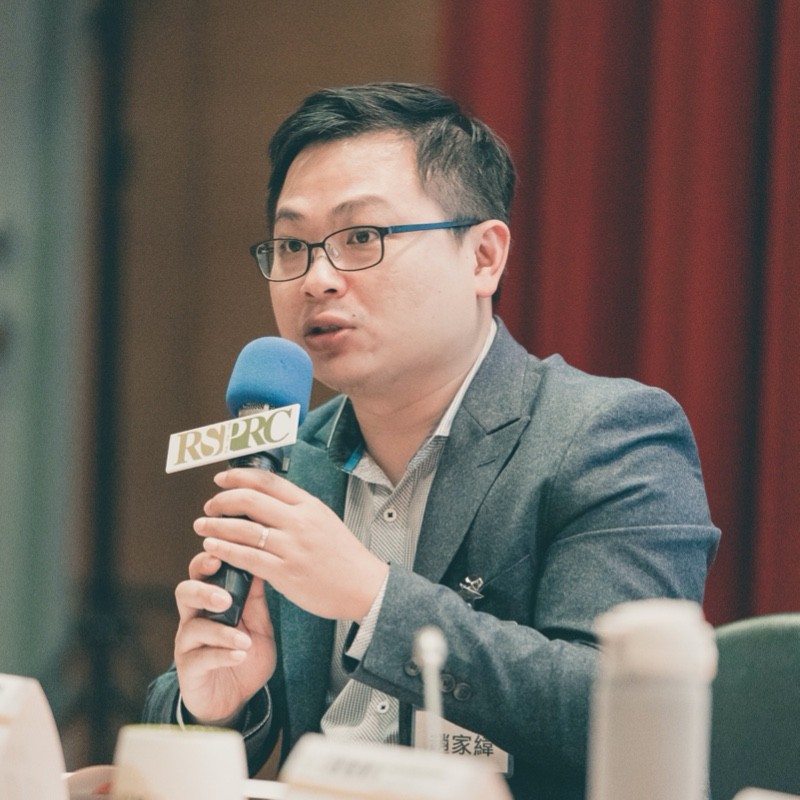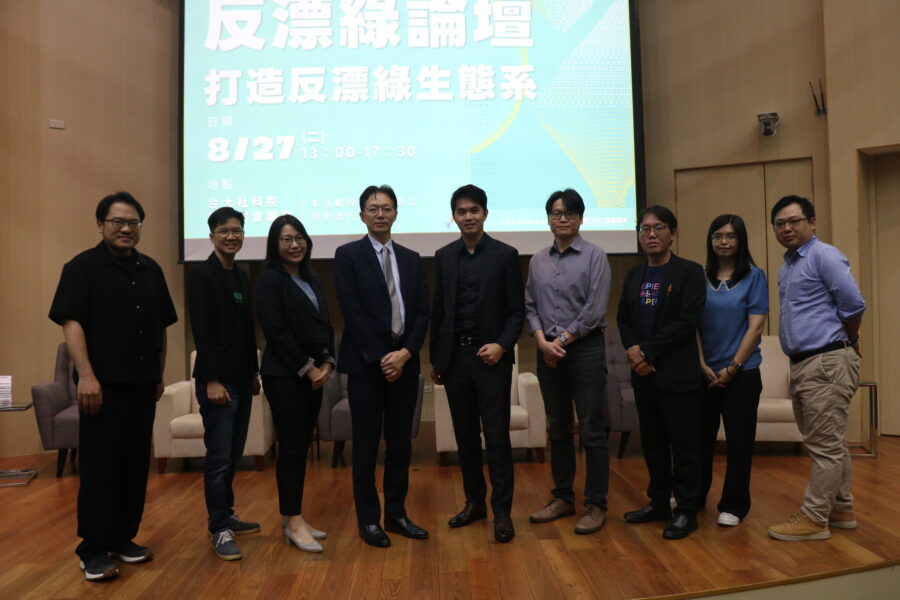By Ben Payton
- Taiwan makes 60% of world’s chips but process uses a lot of energy; TSMC consumed 6.4% of Taiwan’s power in 2021
- Digital economy’s energy demands rising; IEA predicts data centers will use 4% of global electricity by 2026
- Companies such as Microsoft pushing for low-carbon chip production as supply chain emissions rise
- Semiconductor firms’ net zero targets beset by geographical limitations and regulatory challenges
- Nuclear power an option being pushed in Taiwan and in companies like Microsoft and Amazon
June 4 – Outside of Taiwan, it is unlikely that many people have heard of the Hsinchu Science Park. But this sprawling campus in the north-west of the island is the home of several companies that have remained largely obscure, at least until recently, yet perform critical roles in the global economy.
It is at Hsinchu, and other science parks dotted around Taiwan, that the most advanced semiconductors in the world are manufactured. These miniscule chips provide the brainpower for electronic devices of every kind. Through a mixture of luck, good timing, technical skill and hard work, Taiwan has emerged since the 1980s as the dominant force in semiconductor manufacturing. It produces around 60% of the world’s chips, including about 90% of the most advanced designs.
But chip manufacturing uses an immense amount of power. The largest player in the market, Taiwan Semiconductor Manufacturing Company (TSMC), consumed 6.4% of Taiwan’s entire power supply in 2021. And the industry’s appetite for power is continuing to grow as more advanced artificial intelligence (AI) chips demand even greater amounts of electricity.
Semiconductor manufacturing is one of the many ways that the digital economy, often presumed to exist in some kind of ethereal cyberspace, is having real-world impacts on energy and the environment. The
International Energy Agency estimates, opens new tab that data centres, which are stacked full of various types of semiconductors, accounted for 2% of global electricity demand in 2022, a figure it expects to double by 2026.
Until relatively recently, decarbonising chip production did not truly appear to be a high priority for either semiconductor manufacturers or their customers in the tech industry.
But Duncan Stewart, director of research for technology, media and communications at Deloitte Canada, believes tech giants have been shocked into action as they realise the power requirements that will come with artificial intelligence.
Microsoft’s latest sustainability report, for example, revealed that while its direct and energy-related emissions fell 6.3% in 2023 compared with 2020, emissions from its supply chain jumped by 30.9%, in large part due to building out data centre infrastructure to support generative AI.
“The buyers of chips have had a ‘road to Damascus’ conversion,” he says, “where they are much more serious about procuring low-carbon or zero-carbon chips before 2030 than they were a couple of years ago.”
Chia-Wei Chao, research director at the Taiwan Climate Action Network (TCAN), notes that Foxconn, which manufacturers semiconductors and other electronic products for global brands such as Apple, became the first major Taiwanese-headquartered electronics company to announce a net zero target in 2020. This was driven by “pressure from Apple and also some institutional investors”, Chao says.
TSMC announced its own
net zero commitment , opens new tabin 2021, and pledged last year to be 100% powered by renewable energy by 2040. The semiconductor giant currently has the third-largest emissions footprint of any Taiwanese company, according to data collected by TCAN.
But it is one thing setting a net zero target, to deliver it Taiwan’s semiconductor companies need to be able to procure prodigious amounts of renewable energy at affordable prices. And that is where the challenge lies.
Taiwan’s semiconductor manufacturing plants are clustered in government-run science parks, which are supplied with grid energy – over 80% of which is generated by coal and gas.
A spokesperson for one of Taiwan’s other large semiconductor manufacturers, UMC, told The Ethical Corporation that it generates around 10% of its power supply from rooftop solar at its manufacturing plants. Like TSMC, UMC is committed to reaching net zero by 2050.
But the potential for solar energy in Taiwan is limited by a lack of available land. The island is largely mountainous and is densely populated on its coastal plains.
Another option is wind power. Taiwan already boasts 2.25 gigawatts in offshore wind capacity, considerably more than any other APAC country except for China.
However, the Taiwanese wind industry has reached a crossroads as the government abandons the de facto subsidies that supported the industry’s first phase of growth.
Eugene Chien, Taiwan’s ambassador-at-large for climate change and sustainability, and chairman of the Taiwan Institute for Sustainable Energy, said in an interview that it is up to semiconductor companies and other large industrial power users to sign corporate power purchase agreements (PPAs) with wind power developers.
TSMC
signed one such agreement , opens new tabwith Danish wind developer Orsted in 2020, at the time, the largest corporate PPA ever signed for renewable energy. This agreement, though, was reached while the government was effectively subsidising the wind industry. TSMC agreed to pay a premium on top of the tariff that Orsted had already secured from a government auction. Under the new auction process, developers do not receive a minimum “floor” price, but are simply required to negotiate a commercial agreement with offtakers.
Marina Hsu, regional managing director for CIP, another Danish wind investor and developer active in Taiwan, warns that the wind industry is in a “downward spiral” as a result of these regulatory changes. She says that the government is refusing to intervene in negotiations over PPAs. As a result, no more PPAs have been signed by semiconductor manufacturers and wind developers since the current regime was introduced.
“The government basically designed a regime that is not working,” says Hsu. The fundamental problem is that, given the costs of developing offshore wind, the power price that developers would need to charge to make a profit is well above what semiconductor companies and other industrial consumers are prepared to pay. While semiconductor companies are undoubtedly willing to pay a premium for green energy, the question of how much is too much remains unanswered.
Even if the wind sector’s troubles can be resolved, as an intermittent source of power, it alone can’t meet the chip industry’s power needs.
The government hopes that geothermal can provide 6 gigawatts of electricity by 2050, and development work is currently under way at more than 20 sites across the country. Much like with wind power, semiconductor manufacturers could – in theory – sign corporate PPAs with geothermal developers.
One of the companies seeking to harness the island’s geothermal potential is Baseload Power Taiwan, a subsidiary of a Swedish investment entity. Its chief executive, Van Hoang, says that he is “very optimistic” about geothermal potential in Taiwan. However, a regulation specifically tailored to geothermal exploration and development only came into effect in May, and government and other stakeholders need to be educated on the benefits of the technology.
The reality is that Taiwan, like many countries, committed to reaching net zero by 2050 before it had fully worked out how to achieve its goals. Chao says that the government has “hesitated” in producing 2030 emissions reduction targets, in part because of the semiconductor industry’s continued growth. And it has been reticent about undertaking a strategic environmental assessment of the sector that could lead to tighter planning of future semiconductor capacity.
Taiwan also lacks the option of importing electricity to supply its semiconductor industry via subsea transmission cables. Amid soaring tensions with the mainland, the idea of electricity being imported and exported across the Taiwan Strait is clearly a non-starter.
For some, that leaves nuclear power as the only viable option for zero-carbon energy. “We are for all forms of renewable energy,” says Angelica Oung, founder of the Taiwan-based nonprofit Clean Energy Transition Alliance. “We’d love to see geothermal take off in Taiwan; we want a healthier development framework for offshore wind. But fundamentally, we don’t think that Taiwan can really decarbonise without nuclear power.”
This is a sensitive issue. The
2011 Fukushima disaster, opens new tab in Japan made a major impression on the island, contributing to the government’s ambition to phase out nuclear power by 2025. Only one nuclear power station is still generating electricity.
Oung says that all the solar capacity installed in Taiwan to date is only equivalent to the electricity generated by a single nuclear power station. She is calling for the country’s new president, Lai Ching-te, to extend the life of the current and recently mothballed power stations. “Right now, in Taiwan’s energy policy in general, what would be really fantastic is a solid dose of reality,” she says.
As well as traditional large-scale nuclear facilities, Oung suggests Taiwan could benefit from small modular reactors, a new type of nuclear technology that is only beginning to be used commercially. She notes that these could operate independently of the grid to serve power-intensive industries, including semiconductor manufacturing plants.
Nuclear energy is also of growing interest to the world’s largest digital infrastructure operators. In March, Amazon announced the purchase of a data centre campus in Pennsylvania that is powered by an adjacent privately owned nuclear power station. Microsoft is also exploring the use of small modular reactors in data centres, and Deloitte’s Stewart is convinced that other players will also have to look at nuclear energy as an option for satisfying the sector’s power requirements. “I believe that nuclear will be a much bigger part of the conversation in the future than it has been in the past,” he says.
At the moment there is no sign that nuclear power is being seriously considered by Taiwan’s semiconductor companies. Yet the very fact it is increasingly being discussed highlights the magnitude of the challenge. Taiwan, in fact, is one of many countries that are heavily industrialised yet have only limited capacity to produce renewable energy domestically – and therefore face increasingly tough choices as pressure to decarbonise increases.
Where does this leave Taiwan’s status as the world’s semiconductor powerhouse? It is worth noting that some countries, particularly the United States, are offering huge subsidies to persuade the likes of TSMC to manufacture chips locally.
It is not clear that sustainability is a factor in the push to “near-shore” semiconductor production. “The primary motive for doing that is shortening supply chains and achieving more resilience and self-sufficiency,” says Stewart. But the availability of renewable energy, along with other key resources – particularly water, which is also used in large quantities in chipmaking – will undoubtedly influence exactly where new facilities are built.
As the semiconductor industry continues to grow, and new facilities spring up around the world, companies and governments will do well to remember that the highly concentrated growth of chip production in Taiwan, an island with limited resources, has put energy and water supplies under strain.
Stewart says that a place such as Arizona, where TSMC is currently building two large semiconductor plants, benefits from abundant solar energy potential, but even these resources are finite. There is a risk of “oversaturating regional renewable capacity” if multiple energy-intensive facilities cluster around a single location, he warns, with companies facing trade-offs as they balance electricity and water availability.
For the semiconductor industry, Taiwan’s difficulties in paving the way to lower carbon production shows there are few easy answers to satisfying such huge power demands. The sector’s sustainability struggle has only just begun.
This article is part of The Ethical Corporation’s Decarbonising Industries series, which is being published over the course of this month. To read the rest of the articles in the series, click here
Original source: Link



